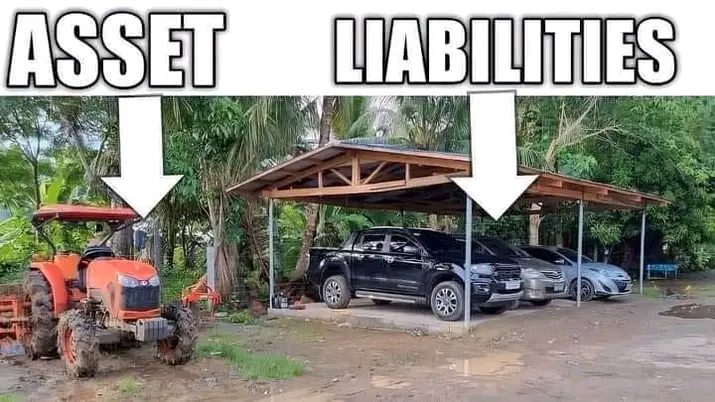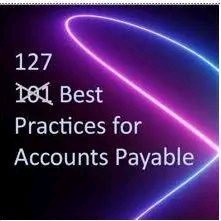Fixed Assets on a Balance Sheet

A balance sheet is a vital financial statement that provides a snapshot of a company’s financial position at a specific point in time.
One crucial component of a balance sheet is fixed assets. In this article, we will delve into the topic of fixed assets, explore the three types of assets, and discuss current assets, fixed assets, and intangible assets.
What is a Balance Sheet?
A balance sheet is a financial statement that presents a company’s assets, liabilities, and shareholders’ equity.
Fixed assets, also known as non-current assets or long-term assets, play a significant role in determining a company’s value and financial stability.
These assets are not meant for immediate sale or conversion into cash and are expected to provide benefits to the company for an extended period.
How do you report fixed assets on a balance sheet?
When reporting fixed assets on a balance sheet, they are typically listed under the “Property, Plant, and Equipment” section.
This section includes tangible assets such as land, buildings, machinery, vehicles, furniture, and fixtures.
Fixed assets are reported at their historical cost less accumulated depreciation, which reflects the wear and tear or obsolescence over time.
What are the three types of assets?
Assets can be classified into three main categories: current assets, fixed assets, and intangible assets.
1. Current Assets
Current assets are those that are expected to be converted into cash or used up within one year or the operating cycle of a business. Examples include cash, accounts receivable, inventory, and prepaid expenses.
2. Fixed Assets
Fixed assets are long-term assets that are not easily converted into cash. These assets are essential for the company’s operations and provide long-term benefits. Examples include land, buildings, machinery, equipment, and vehicles.
3. Intangible Assets
Intangible assets lack physical substance but possess value to a company. Examples include patents, trademarks, copyrights, brand value, intellectual property, and goodwill.
What are the four types of assets?
Assets can be further classified into four primary types:
1. Current Assets
As mentioned earlier, current assets are those that are expected to be converted into cash within one year or the operating cycle of a business. They facilitate day-to-day operations and are vital for maintaining liquidity.
2. Fixed Assets
Fixed assets, also known as non-current assets, are long-term assets that provide value to a company over an extended period. They are crucial for the company’s core operations and are not easily convertible into cash.
3. Financial Assets
Financial assets represent investments made by a company, such as stocks, bonds, and other securities. These assets are held by the company for income generation or capital appreciation.
4. Intangible Assets
Intangible assets, as mentioned earlier, lack physical substance but hold significant value to a company. They include intellectual property, brand value, trademarks, copyrights, and patents.
What are fixed and intangible assets?
• Fixed assets, also known as tangible assets, are physical assets that a company owns and uses in its operations to generate revenue. They have a specific useful life and are subject to depreciation or amortization.
• Intangible assets, on the other hand, represent non-physical assets that hold value but do not possess a physical presence. These assets can include intellectual property, brand recognition, patents, copyrights, and goodwill.
FAQs
How are fixed assets different from current assets?
Fixed assets are long-term assets that provide benefits over an extended period, while current assets are short-term assets that are easily convertible into cash within one year or the operating cycle.
What is the difference between tangible and intangible assets?
Tangible assets have a physical presence and include items such as buildings, machinery, and vehicles. Intangible assets lack physical substance but hold value, such as intellectual property, patents, and trademarks.
How do you calculate the depreciation of fixed assets?
Depreciation is calculated by determining the asset’s initial cost, estimating its useful life, and choosing a suitable depreciation method, such as straight-line or accelerated depreciation.
Are intangible assets reported on a balance sheet?
Yes, intangible assets are reported on a balance sheet under the “Intangible Assets” section. They are listed at their historical cost less accumulated amortization.
Also Read: Appreciation in Economics || Examples || Impacts, and Differences




